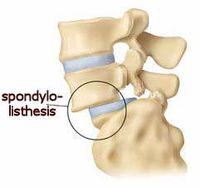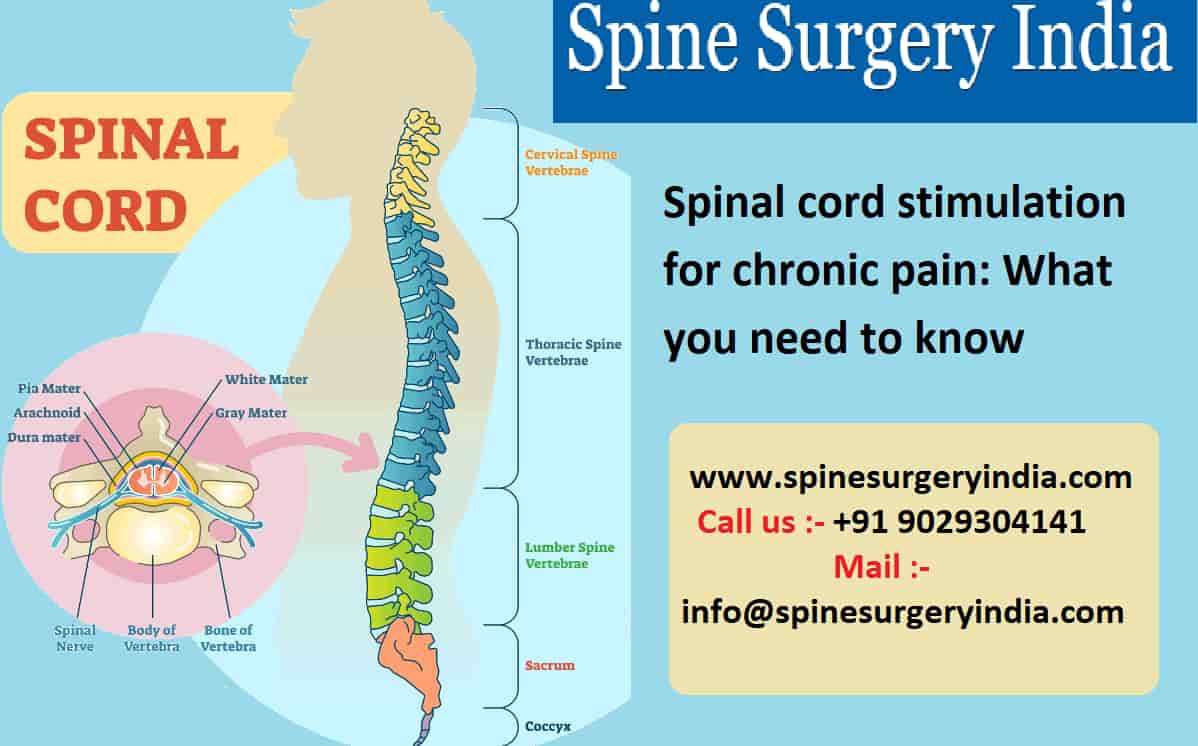Cure Lower Vertebrae by Spondylolisthesis Treatment
Treatment
Spondylolisthesis Treatment in India treats Lower Vertebrae
Do a gear for healthy living by essence of latest but reliable medical aspects that signify to treat you with modern medical technologies. After the remarkable footprints on the medical junction globally, the hub of medical derivations finds its outline visible of finest remedial solutions. Thus it is completely meant to stand by the existence of medicine.
Here, Spine Surgery India fulfills space in the medical world by delivering the world-class spinal treatments. Committed to ensure you live free of any spine condition, the company leaves even not a single spinal disease to go treated, such as Spondylolisthesis Treatment in India to treat the lower vertebrae.
As Spondylolisthesis adds itself a spinal condition that has its influence on the lower vertebrae, this disease is really a painful condition. So to treat from such kind of spinal diseases, both the therapeutic and surgical methods may be used.
Types
Types of Spondylolisthesis
Congenital spondylolisthesis: At Spine Surgery India, Congenital spondylolisthesis is the result of abnormal bone formation. In the case, the abnormal arrangement of the vertebrae puts them at greater risk for slipping.
Isthmic spondylolisthesis: Get Isthmic spondylolisthesis a condition that leads to small stress fractures in the vertebrae. In the some cases, the fractures grow weaker the bone so much that it slips away of place.
Degenerative spondylolisthesis: This happens due to arthritic changes in the joints of the vertebrae because of cartilage degeneration. Also know to Degenerative spondylolisthesis more common in the older patients.
Dysplastic spondylolisthesis: This gets caused by a defect in the formation of part of vertebra called the facet that lets it to slip forward. Indeed, this is a condition that a patient is born with.
Pathologic spondylolisthesis: Caused by a defect in the bone, Pathologic spondylolisthesis is caused by abnormal bone, such as from a tumor.
Signs to Spondylolisthesis
Symptoms to Spondylolisthesis
- Constant lower back pain
- Rigidity in the back and legs
- Lower back tenderness
- Thigh pain
- Tight hamstring and buttock muscles
Tests to Spondylolisthesis
Tests to Spondylolisthesis
X-rays: These tests are likely to visualize bones and are to show whether a lumbar vertebra has slipped forward. Yes, X-rays is intentional to show aging changes, like loss of disk height or bone spurs.
Magnetic resonance imaging: MRI may create better images of soft tissues, such as muscles, disks, nerves, and spinal cord. In addition, it could show more detail of the slippage and whether any of the nerves are pinched.
Computed tomography: These scans get themselves detailed more than x-rays. Also this could create cross-section images of your spine.
Treatment to Spondylolisthesis
Treatment to Spondylolisthesis
Conservative treatment: The person should take a break from sports and other activities until the pain subsides. An over-the-counter non-steroidal anti-inflammatory drug might be advised to reduce pain and inflammation.
Physical therapy: Stabilization exercises are the mainstay of treatment. These exercises make stronger the abdominal and/or back muscles, diminishing bony movement of the spine.
Surgery: This kind of treatment might be necessary, if the vertebra continues to slip or if the pain is not relieved by conservative treatment and starts to hinder with daily activities. Also consider that the main goals of surgery for Spondylolisthesis are to relieve from pain linked with an irritated nerve, and to boost the person’s ability to function.





















